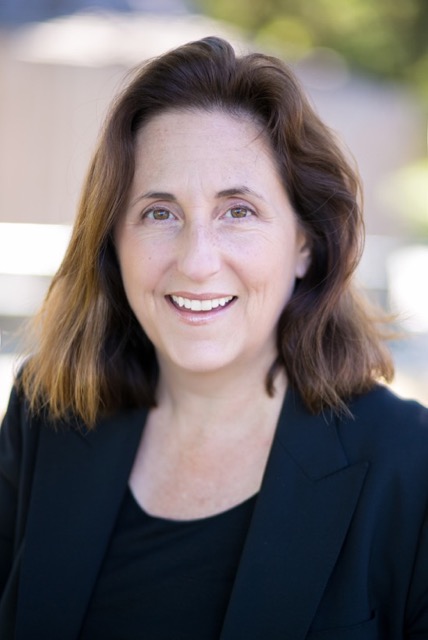By Lisa Conn Akoni, MA, MFT; Rita McGaw, MS, MFT; Carrick Adam, MD, MSPH
Over the past few years, several of us from different county agencies have traveled to conventions, workshops, seminars, and trainings, learned from survivors, attended meet-and-greets, etc., and came to one central conclusion…
The only way we will be effective in delivering trauma-informed and victim-centered services throughout all partnering agencies, create systemic change, and provide a continuum of care that serves our population is if we collaborate!
Given the urgent need, we decided to “fly the plane as we build it.” We created a multidisciplinary team comprised of many county partners and local non-profits that are all using a trauma-informed lens (looking at a hierarchy of needs) and using a bio/psycho/social approach to prevention, intervention, investigation, prosecution and data collection.
We have worked very hard to unify our expertise and get people in the same room hearing the same educational messages. From that point of reference, we built a fantastic collaboration which is now accomplishing great things – thanks to the commitment of multiple agencies.
About the authors: Lisa is the Supervisor and program developer for the R.I.S.E. Project. Carrick is a Medical Director working with adolescents involved in the juvenile justice system. Rita is a Victim Witness Program Supervisor. They work together in Santa Barbara County to create systemic change in the county’s response to exploited and abused youth.
This blog post was originally part of our 2016 JuST Conference Speaker Blog Series.


 By Rose Mukhar, JD, Justice At Last
By Rose Mukhar, JD, Justice At Last However, after receiving a “D” on its
However, after receiving a “D” on its 





